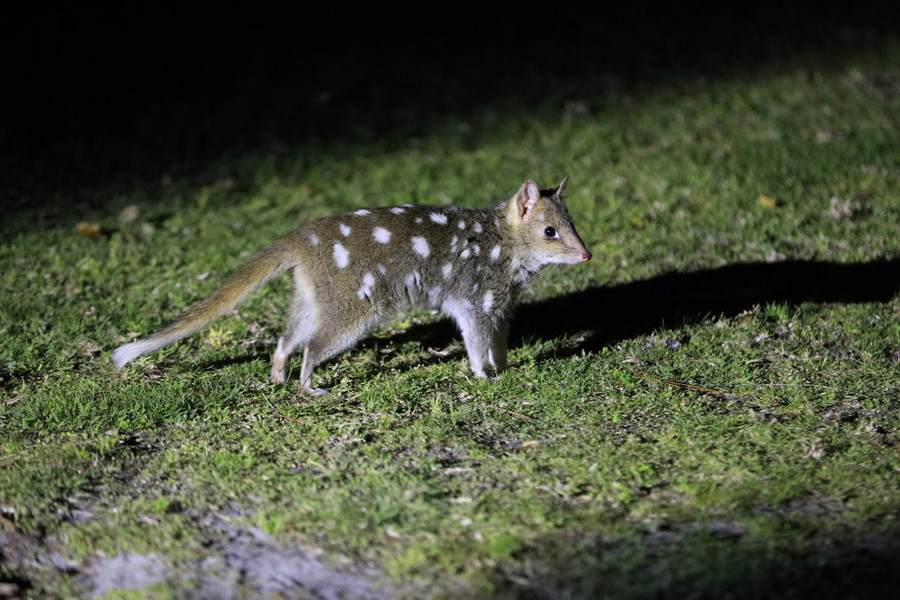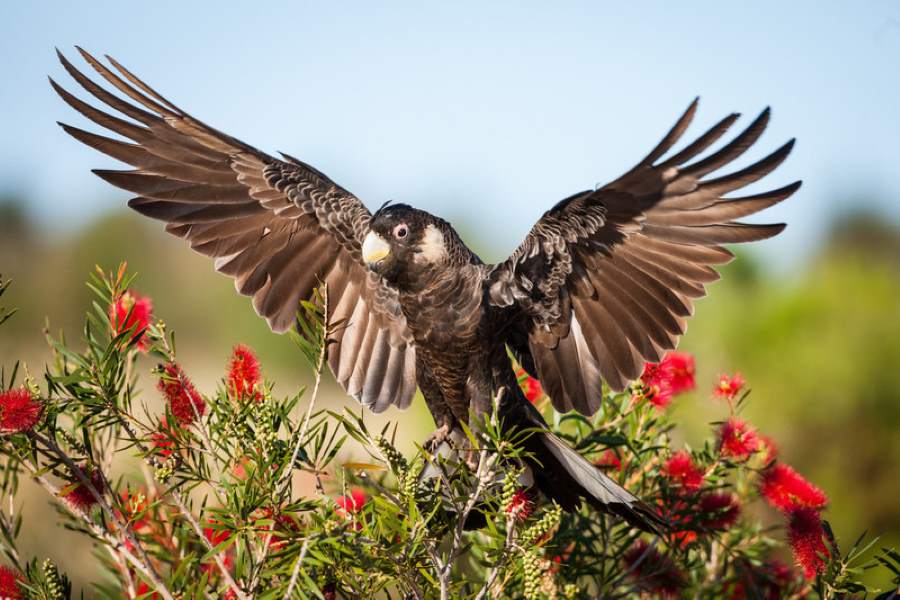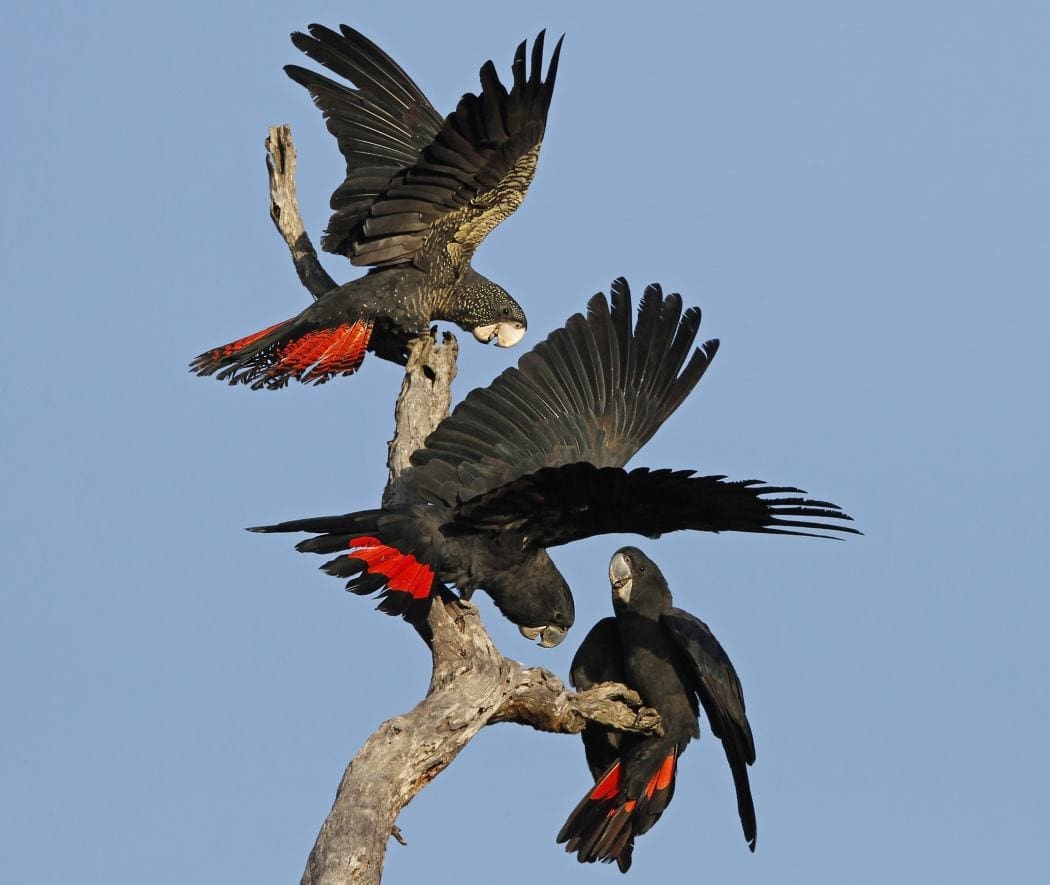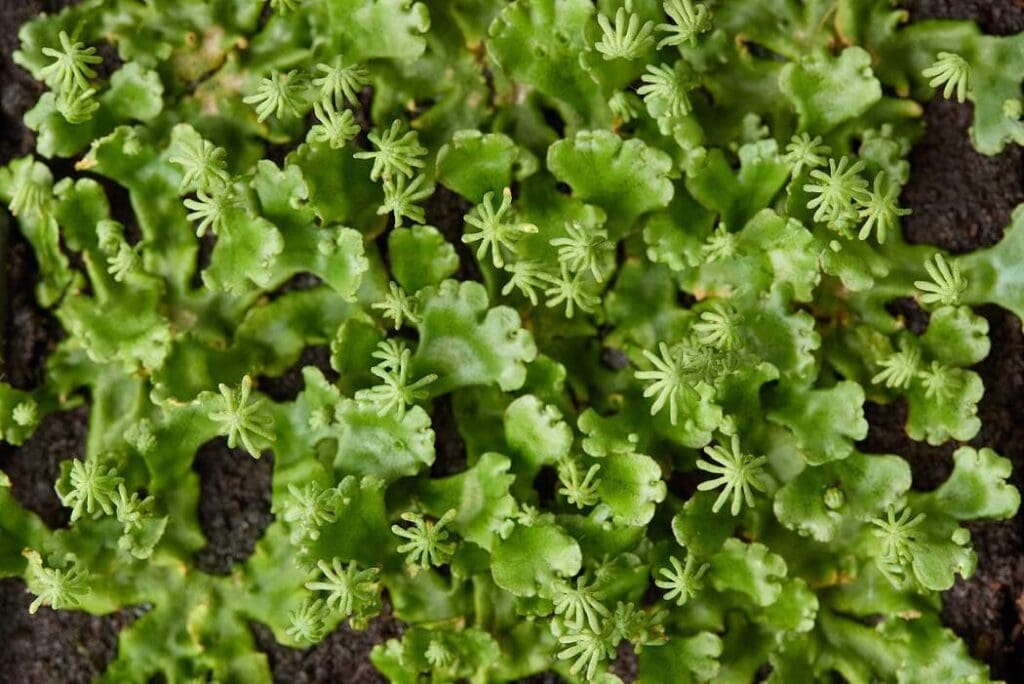Summary:
Preventing extinction for 99 of Australia’s priority species would require an annual investment of $15.6 billion over the next 30 years, according to new research published in Proceedings of the National Academy of Sciences (PNAS).
The study, led by Griffith University’s Centre for Planetary Health and Food Security in collaboration with WWF-Australia and the University of Queensland, examines the financial commitment needed to combat threats such as habitat destruction, invasive species, and climate change.
Australia has already lost over 100 endemic species in the past three centuries, making it a global hotspot for biodiversity loss. While substantial funding could prevent the extinction of many species, researchers found that some, like the Mountain-top Nursery Frog and Swan Galaxias, may not be recoverable due to the accelerating impacts of climate change.
The study also estimates that fully reversing the decline of priority species would require $103.7 billion annually, with $157.7 billion needed per year to remove them from the threatened species list entirely. The authors emphasize that increased conservation investment would bring significant co-benefits, improving ecosystem services and aiding other threatened species.

The cost of preventing extinction of Australia’s priority species
The new study has estimated it would cost $15.6 billion per year for 30 years to prevent extinction for 99 of Australia’s priority species.
The research, led by Griffith University’s Centre for Planetary Health and Food Security with WWF-Australia and the University of Queensland, highlights the urgent need for increased funding to combat threats such as habitat destruction, invasive species and climate change.
Australia has already lost more than 100 endemic species in the past three centuries, placing it at the forefront of the global extinction crisis.
The Australian Government has made a commitment to reverse the decline of 110 priority species.
The research looked at the cost for preventing extinction for 99 of these species.
Lead author Dr Michelle Ward said while the annual $15.6 billion could prevent the imminent extinction of many threatened species, there were some species, including many frogs, which were found to be non-recoverable, largely due to climate change.
“Species such as Mountain-top Nursery Frog and Swan Galaxias were found to be of real concern and need active ex-situ conservation,” Dr Ward said.
“The cost to reverse the decline of priority species and undo damage done by habitat loss, disease and other threats was estimated at $103.7 billion annually, while getting them off the threatened list entirely would require $157.7 billion per year.”

Dr Romola Stewart, a co-author and WWF-Australia’s Head of Evaluation and Science, said the paper highlighted the true cost of ineffective nature laws and inadequate species funding.
“Australia’s ever-growing list of threatened species is a direct result of decades of under spending,” she said.
“Turning this tragedy around will take a dramatic increase in action and investment. This is achievable for a wealthy nation like Australia. If we fail to put our wildlife and wild places on a path to recovery, our economy and environment will suffer, and we will see more species silently slide towards extinction.”
The study also highlighted the broader benefits of conservation investment, including the co-benefits to 43 per cent of all other threatened species and improved ecosystem services essential for human wellbeing.
“The natural world is undergoing profound change,” Dr Ward said.
“Biodiversity loss and ecosystems collapse is ranked by the World Economic Forum as the second most significant global risk over the next decade, with 50 per cent of the global economy dependent on nature. There is merit in the Australian Government’s commitment, but urgent action is needed.”
Journal Reference:
M. Ward,H.P. Possingham,B.A. Wintle,J.C.Z. Woinarski,J.R. Marsh,D.G. Chapple,M. Lintermans,B.C. Scheele,N.S. Whiterod,C.J. Hoskin,B. Aska,C. Yong,A. Tulloch,R. Stewart,& J.E.M. Watson, ‘The estimated cost of preventing extinction and progressing recovery for Australia’s priority threatened species’, Proceedings of the National Academy of Sciences 122 (6) e2414985122 (2025). DOI: 10.1073/pnas.2414985122
Article Source:
Press Release/Material by Griffith University
Featured image: Two adult male forest red-tailed black cockatoo fight for the affections of a female (Western Australia – 26 April 2013). Credit: © Keith Lightbody




